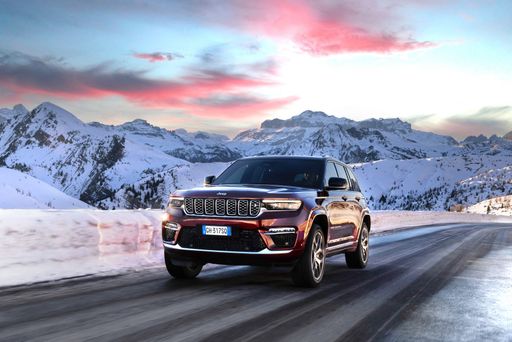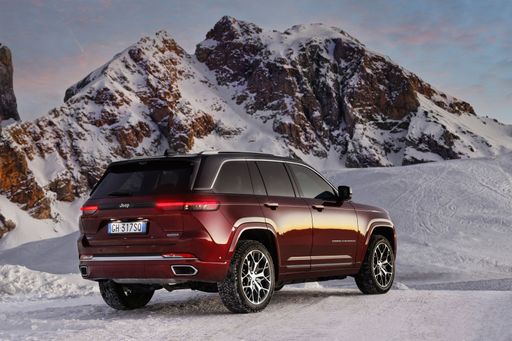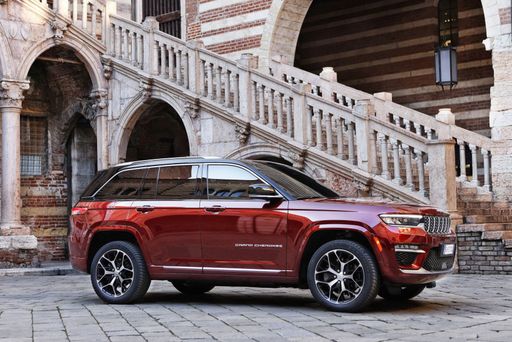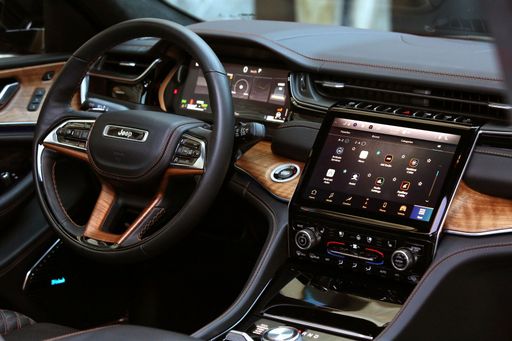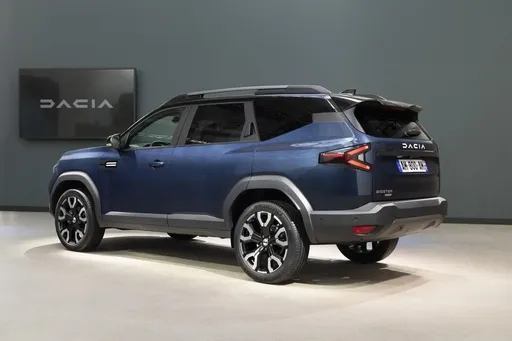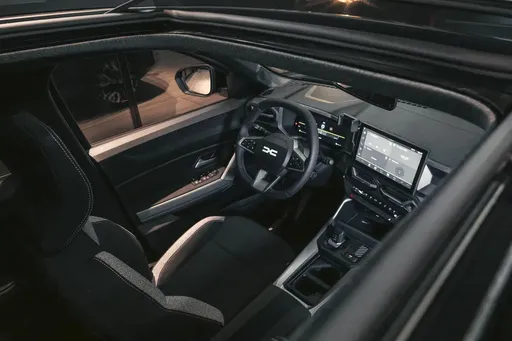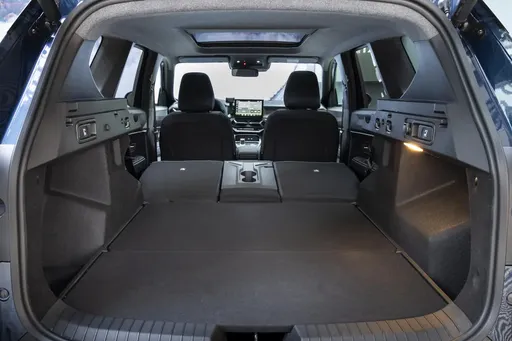The Battle of the SUVs: Jeep Grand Cherokee vs. Dacia Bigster
In the competitive SUV market, two contenders stand out for those seeking adventure and practicality — the Jeep Grand Cherokee and the Dacia Bigster. These vehicles offer a blend of power, efficiency, and features, but they cater to slightly different audiences. This comparison will delve into their technical details and innovations to help you make an informed decision.

